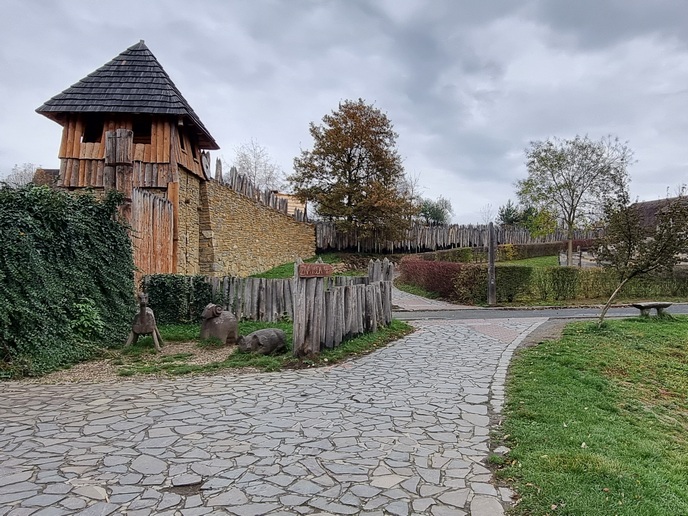Sustainable cultural tourism development leveraging multi-level synergy
Experiencing and learning about the culture of places visited is something most tourists do to varying degrees while on a trip. This can be planned – for example, taking part in local cooking or pottery classes – or simply as a side effect of being present, which is one of the reasons for getting out of our regular environments. Cultural tourism, though, makes cultural immersion the intent of the trip. It is one of the largest and fastest-growing segments of the global tourism market. The EU-funded SPOT project has developed new methodologies, tools and guidance documents to better understand and promote cultural tourism in Europe.
15 case studies: the multifaceted potential of cultural tourism
SPOT evaluated numerous regions with a plethora of opportunities for cultural tourism including urban areas rich in architecture and cultural experiences, as well as disadvantaged areas, which are often rural. These rural areas can turn the disadvantage of remoteness and lesser industrial activity into an advantage, thanks to the resulting preservation of cultural heritage. The rural areas studied are rich in natural beauty, traditional architecture and folklore. SPOT also explored the further development of media tourism in two locations, where tourists are often drawn after reading or watching content set in or featuring these areas. Finally, the project included rural regions without a tradition of tourism but a desire to create one.
Good practices, golden rules and policy briefs
A comparison of the case studies leveraged: statistical data; a survey of visitors, providers, and residents; and a discussion with stakeholders. It evaluated six aspects: local engagement and benefit, shared vision, sustainable development, infrastructure (transport, accommodation, sanitation), implementation, and policy formulation. Based on the comparison, SPOT created ‘Golden Rules’ for local and EU-level stakeholders to improve the conditions supporting cultural tourism development. “The results clearly showed that local actors play a very important and active role in the decision-making process. Their involvement is also crucial at higher levels when discussing cultural tourism planning and strategies. Cultural tourism is rooted in European, national, regional and local culture. Engagement at all levels is essential for cultural development and, consequently, the overall development of particularly disadvantaged areas, which cannot compete economically with the most prominent destinations in this sector,” notes Milada Šťastná of Mendel University in Brno, project coordinator. In addition to the Golden Rules, the project produced 28 policy briefs, 20 examples of good practice and articles in scientific journals.
SPOT-IT tool: tailored decision support
The open access SPOT-IT decision support tool can help stakeholders interested in planning and promoting cultural tourism. According to Šťastná: “The tool evaluates characteristics, including geographical location and climate, the attractiveness of cultural tourism, available infrastructure, as well as potential social, ethnic, political, and environmental challenges. Cultural tourism development must always follow a sustainable development approach regarding economic, ecological, and social dimensions.” The basic package can incorporate additional levels of analysis according to the individual needs of countries or regions. Cultural tourism received a boost from the COVID-19 pandemic as people sought less populated areas with natural social distancing. The SPOT project tool and the project’s 92 written outputs will help stakeholders at all levels build on this momentum, promoting Europe’s extraordinary cultural heritage, particularly in disadvantaged areas, for the benefit of travellers and economies.
Keywords
SPOT, cultural tourism, cultural heritage, decision support, disadvantaged areas, sustainable development, media tourism



